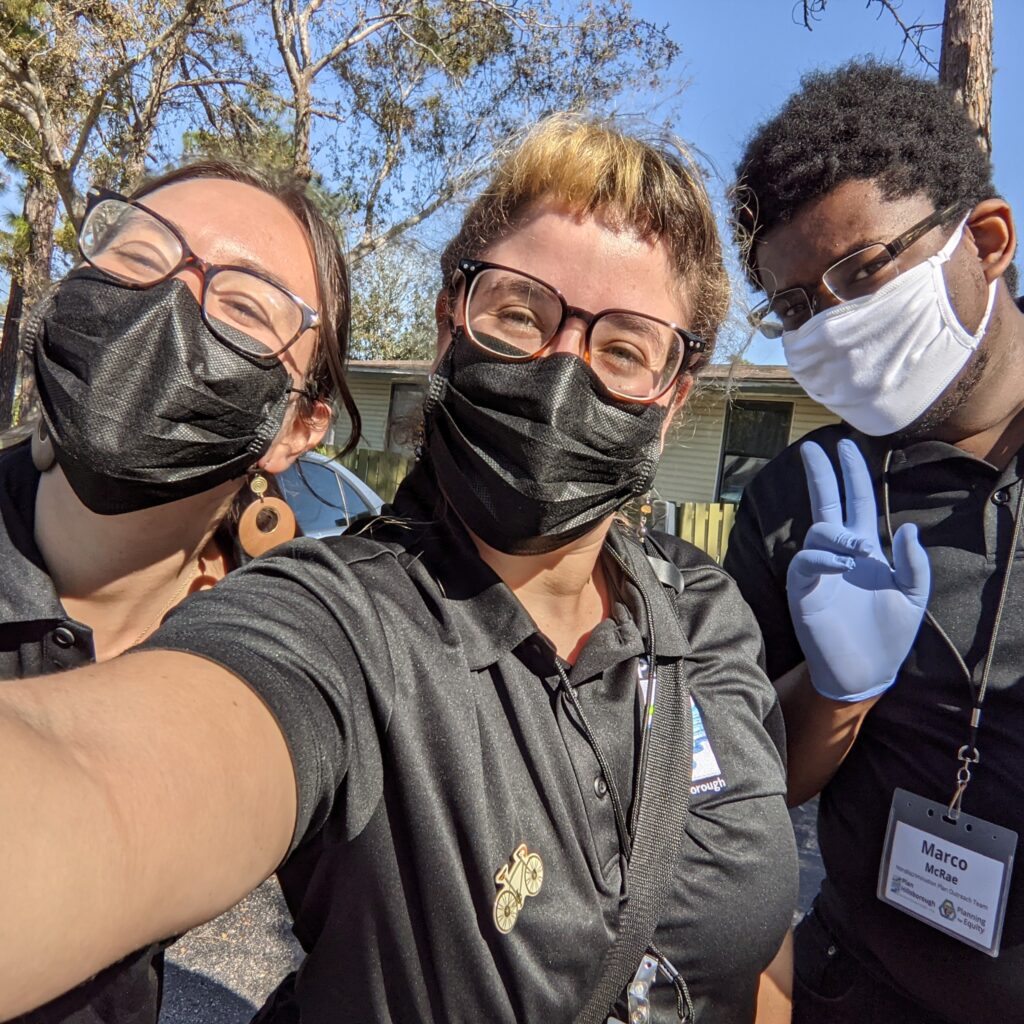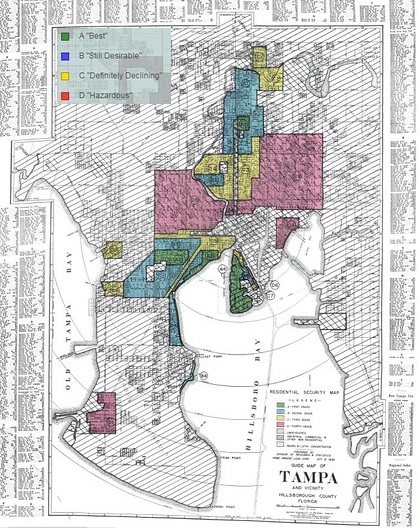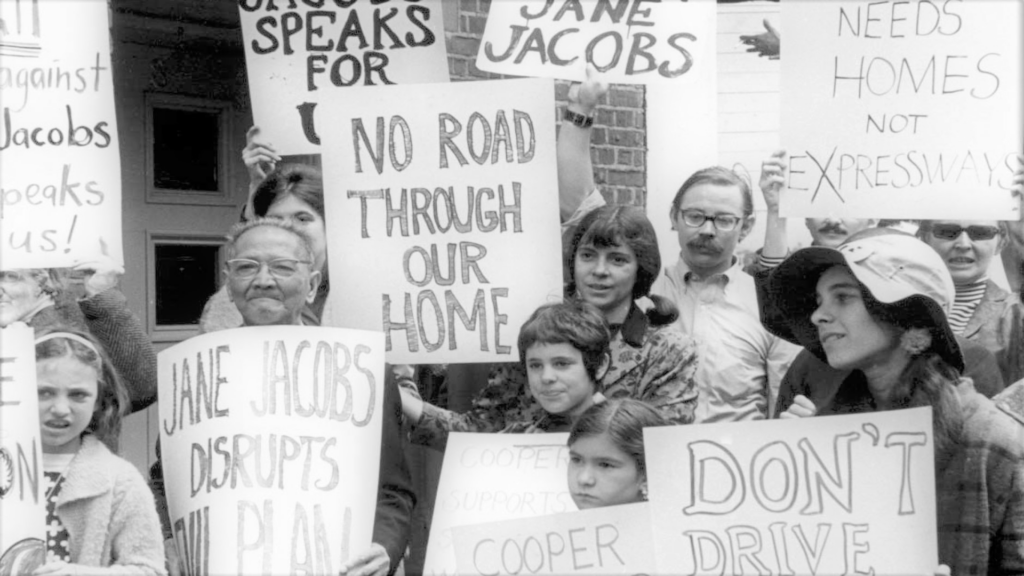Nondiscrimination and Equity Plan
Stay Connected
Sign up to receive email updates on this project.

Overview
The 2021 Nondiscrimination and Equity Plan has been adopted by the TPO Board!
Background
The Hillsborough Transportation Planning Organization (TPO) is required to develop and adopt a Nondiscrimination Plan to demonstrate compliance with the range of Federal nondiscrimination law such as Title VI of the Civil Rights Act and the Americans with Disabilities Act. The Hillsborough TPO adopted a Nondiscrimination Plan in 2018, which was the first major update in nearly 10 years.
Guidance from USDOT provides a best practice of updating our Nondiscrimination Plan every three years. With the renewed interest in racial justice and equity nationwide and within Plan Hillsborough, and the passing of a Racial Equity Resolution in August 2020 by the TPO, it was decided that the 2021 update presents an opportunity to expand the TPO Nondiscrimination Plan to incorporate the Hillsborough City-County Planning Commission.
This proactive step will better ensure nondiscrimination in the provision and execution of all agency activities, further the coordination of land use and transportation planning activities, allow the agencies to provide more seamless service to the public, and advance equitable processes and outcomes agency-wide.
Outline
- Nondiscrimination Assurances
- Federal Laws and Responsibilities
- Plan Purpose
- What is Included in this Plan?
- Part I: Title VI and Nondiscrimination
- Component I: Community Overview and Mapping
- Component II: Community Engagement, Access, and Representation
- Component III: How do we Evaluate Equity Needs and Outcomes in Plans?
- Component IV: How do we Evaluate Outreach Effectiveness?
- Component V: Staff Responsibilites
- Part II: Equity Work in TPO Program Areas
- Part III: Equity Work in Planning Commission Activities
- Part IV: Equity Definition and Framework
- Part V: Public Engagement Process and Results
- Part VI: Recommendations for Advancing Equity
What’s in the plan?
Historical Context
Federal, state, and local governments across the United States have a sordid history of racist, xenophobic, classist, and otherwise discriminatory practices and policies within the fields of transportation, land use, housing, and comprehensive planning. These practices and policies, carried out with explicit intent throughout the 19th and 20th centuries, have created and reinforced racial, ethnic, and class-based segregation across cities and counties in the United States. These practices and policies have also resulted in longstanding inequities across nearly all quality of life indicators.
The five local governments of Hillsborough County are no exception to this broad pattern of discrimination seen across the Country. As part of this plan update, staff examined a variety of plans and practices, and infrastructure projects from the Federal to local level throughout the late 19th to 20th century, and documenting the ways in which racism and discrimination were embedded in planning throughout this time. This examination includes the first comprehensive and zoning plans, public housing projects and practices, private housing projects and practices, highway construction, and urban renewal. More information can be found in the Nondiscrimination and Equity Plan.
Community Profile and Maps
Plan Hillsborough staff have updated our community profile and related maps identifying the locations of various groups across the County. These maps are essential for assisting the agency conduct targeted outreach to communities that have been traditionally represented in the planning process, and for evaluating the impacts of our plans and projects on various communities.
Community Engagement
A community engagement process was developed for the Nondiscrimination Plan with the help of consultant Danielle Bayard Jackson, founder of TELL Public Relations, and Charles Brown, MPA, CPD, LCI and Senior Research Specialist at Rutgers University. Community engagement took place from December 2020 through March 2021. During this time, project staff collected survey responses from members of state- and federally-protected communities as identified by our communities of concern maps. A countywide virtual Storytelling Forum took place in February, and five demographic-based focus groups that took place in March. Staff also collected contact information of individuals that are interested in assisting with future equity work and engagement activities related to the Nondiscrimination Plan. Contact collection will remain ongoing.

Recommendations
In addition to the merging of the Nondiscrimination Program of the TPO with the Planning Commission, and the adoption of nondiscrimination procedures and processes agency-wide, this Plan update includes a series of recommendations for advancing agency practices above and beyond federal nondiscrimination requirements. Recommendations are provided for the entire agency, for the TPO, and for the comprehensive planning process. Community input, staff discussions, best practice research, and guidance from our consultants were used to inform the creation of the final recommendations.






